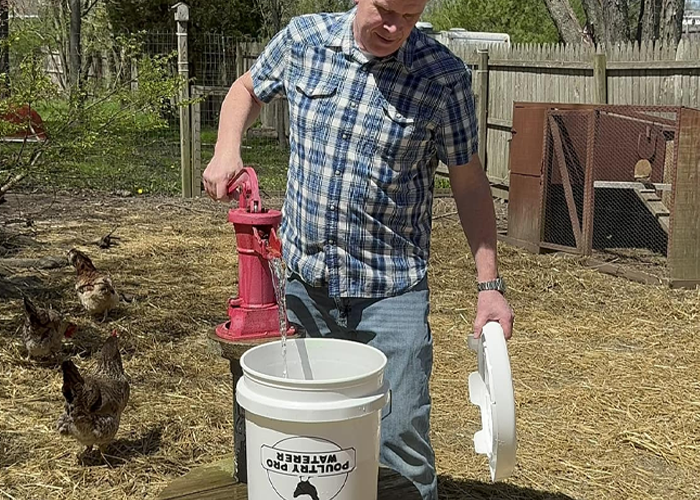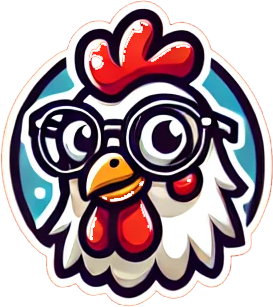
Choosing the best chicken feeder and waterer is vital for the health and happiness of your flock. The right equipment ensures clean, efficient feeding and drinking, reduces waste and contamination, and simplifies daily care. Whether you’re new to raising poultry or looking to upgrade, thoughtful selection matters. At Riverbend Resources, we started with a simple goal-to offer practical, durable solutions that truly meet chicken keepers’ needs. This blog guides you through what to consider before making your choice, blending modern trends with proven wisdom and insights from real chicken waterer reviews.
When it comes to feeding your flock, the equipment you choose affects more than convenience-it impacts your birds’ health and welfare. Poor feeders and waterers can lead to feed spillage, water contamination, uneven access, and increased risk of disease. This can cause stress and uneven growth in your chickens.
We know feeding time is one of the most important daily routines on any farm or backyard coop. Selecting the best chicken feeder and waterer means fewer headaches, healthier birds, and better resource use. It transforms ordinary care into a more efficient, satisfying practice.
Today’s best poultry feeders and waterers come with features designed to improve durability, cleanliness, and ease of use. Plastic and galvanized metal models are both common-plastics tend to be lighter and easier to clean, while metals offer greater longevity and pest resistance.
Look for rodent and raccoon-resistant designs, weatherproof covers, and automatic or gravity-fed mechanisms that reduce waste and require less frequent refills. Size matters too-a good feeder and waterer should comfortably accommodate your flock, whether a small hobbyist group or a larger farm.
Given these considerations, it’s smart to consult chicken waterer reviews, which share real-world performance insights you won’t find in product specs alone.
Customer feedback in chicken waterer reviews offers invaluable guidance. We often find that certain models outperform others in durability and ease of cleaning-key for busy keepers. For example, waterers with cup-style drinkers prevent contamination better than open trays, reducing illness risks.
At Riverbend Resources, our team studies these reviews deeply to ensure that our product lineup meets both practical and quality standards. We believe learning from the flock keeper community helps us innovate smarter feeding solutions.
If you’re undecided between several feeders or waterers, real user reviews can clarify strengths and weaknesses-helping you pick what works best for your specific flock and environment.
DIY poultry feeding and watering is a growing trend among enthusiasts who want custom solutions that fit their unique setup. Building your own feeder can offer cost savings, tailored design, and creative satisfaction-especially for managing space or experimenting with innovations.
That said, DIY projects require careful planning to avoid common pitfalls like feed contamination or insufficient water flow. Riverbend Resources supports the DIY spirit while recommending commercially tested feeders and waterers for those who want reliability and convenience assured.
Choosing between DIY and ready-made solutions means balancing control, time investment, and long-term feeding success. We encourage flock keepers to explore both avenues thoughtfully.
Sustainability is no longer optional-it’s shaping poultry care trends dramatically. Families seek feeders and waterers that minimize feed waste, reduce plastic use, and last for years to lower environmental footprint.
Durable materials, low-waste designs, and ease of maintenance matter for sustainable poultry management. Environmental impacts also include water conservation through spill-proof systems and reducing cleaning chemical use.
Riverbend Resources embraces sustainability as part of our mission-offering products that honor responsible stewardship while delivering superior performance for your flock.
Feeding your chickens well is a loving, daily investment. At Riverbend Resources, we combine customer insights, decades of quality focus, and a passion for sustainable poultry care. Whether you choose our trusted feeders and waterers or craft your own with DIY poultry feeding methods, our goal is to support your journey to healthier, happier birds.
By thinking critically about features, durability, and community feedback, you ensure your flock thrives efficiently and joyfully. Feeding smarter is feeding with heart.

Added to cart